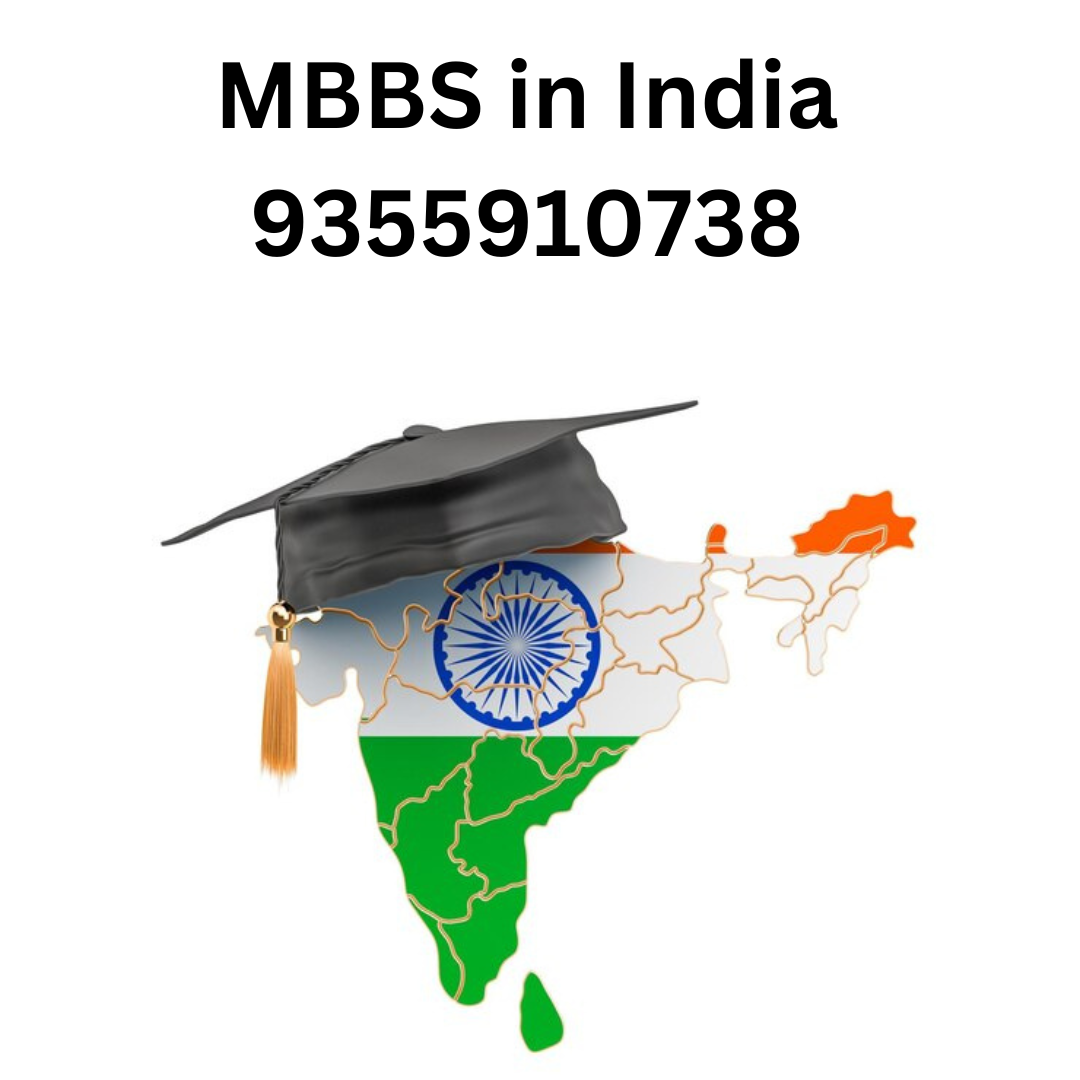MBBS in India: A Complete Guide for Aspiring Medical Students
Pursuing MBBS in India is a dream for thousands of students every year. Known for its rigorous academic standards and vast clinical exposure, India offers a strong foundation for those aiming to build a career in medicine. With more than 700 medical colleges approved by the National Medical Commission (NMC), India stands among the top choices for medical education globally.
1. Overview of MBBS in India
MBBS stands for Bachelor of Medicine and Bachelor of Surgery. It is an undergraduate medical degree that spans 5.5 years, including 1 year of compulsory internship. The curriculum is designed to cover basic medical sciences, clinical subjects, and hands-on training in hospitals. Studying MBBS in India ensures that students are equipped with both theoretical knowledge and practical experience.
2. Eligibility Criteria
To pursue MBBS in India, candidates must meet the following eligibility requirements:
- Completion of 10+2 with Physics, Chemistry, and Biology as core subjects.
- Minimum 50% marks in PCB for general category (40% for reserved categories).
- Qualifying score in the NEET-UG (National Eligibility cum Entrance Test).
- Minimum age of 17 years at the time of admission.
NEET is mandatory for both Indian and foreign students who wish to study MBBS in India.
3. Admission Process
Admission to MBBS in India is primarily based on the NEET score. After the NEET results, candidates participate in the centralized counseling process conducted by MCC (Medical Counseling Committee) for All India Quota (AIQ) seats and by respective state authorities for State Quota seats.
There are three types of medical institutions in India:
- Government Medical Colleges
- Private Medical Colleges
- Deemed Universities
Government colleges offer subsidized fees, making them highly competitive. Private colleges and deemed universities have higher tuition fees but provide quality education and infrastructure.
4. Fee Structure
The fee for MBBS in India varies based on the type of college:
- Government Colleges: ₹10,000 to ₹1,00,000 per year
- Private Colleges: ₹8 lakhs to ₹25 lakhs per year
- Deemed Universities: ₹12 lakhs to ₹30 lakhs per year
Scholarships and education loans are available for eligible students.
5. Quality of Education
Indian medical colleges are known for providing:
- A standardized curriculum as per NMC guidelines.
- Exposure to diverse medical cases in hospitals.
- Experienced faculty and modern lab facilities.
- Clinical rotations in government and private hospitals.
These elements ensure that students pursuing MBBS in India receive a well-rounded education.
6. Career Opportunities
After completing MBBS in India, graduates can:
- Work as general physicians in hospitals or clinics.
- Pursue postgraduate studies (MD/MS) through NEET-PG.
- Apply for government medical services (like UPSC CMS).
- Practice medicine abroad after clearing licensing exams like USMLE, PLAB, or FMGE.
7. Advantages of Studying MBBS in India
- Affordable tuition compared to countries like the US or UK.
- Global recognition of the degree.
- Wide range of clinical exposure and patient interaction.
- Availability of postgraduate opportunities within India.
- Safe and familiar environment for Indian students.
8. Challenges
While pursuing MBBS in India is rewarding, it also has challenges:
- Highly competitive entrance exams.
- Limited number of government college seats.
- Intense academic pressure throughout the course.
9. Conclusion
MBBS in India is an excellent choice for students seeking a strong medical education backed by real-world experience and recognized credentials. With proper guidance and preparation, students can navigate the competitive admission process and build a rewarding career in medicine. Whether you're aiming to serve in rural areas, specialize further, or explore opportunities abroad, an MBBS in India opens many doors for a bright future.





Comments